Crackdown on NIL Collectives Could Reshape College Sports Landscape
A new enforcement agency in college sports has drawn a firm line regarding the regulation of name, image, and likeness (NIL) payments to athletes — a move that could dismantle how many school-affiliated collectives currently operate.
On Thursday, the College Sports Commission (CSC) issued new guidance that significantly narrows what qualifies as a “valid business purpose” for NIL deals. The announcement came just days after the $2.8 billion House v. NCAA settlement took effect on July 1, establishing a clearinghouse called NIL Go to review third-party deals exceeding $600.
The goal is to prevent schools from circumventing the new $20.5 million revenue-sharing cap by routing funds through booster-backed collectives.
According to the CSC, any entity whose primary function is paying athletes — rather than offering legitimate goods or services to the public — fails to meet NIL Go’s standards. This includes collectives that host events or sell merchandise primarily to fund player payments. Even if these events are open to the public or involve promotional efforts, the CSC says they still don’t qualify.
“For somebody to just slide you a few dollars because they want you to come or stay at a certain school and call it NIL — that’s make-believe,” Purdue Athletic Director Mike Bobinski said in an interview with NBC Sports.
The ruling has sent shockwaves through the NIL ecosystem. In the four years since NIL deals became legal, school-affiliated collectives have funneled hundreds of millions of dollars into athlete compensation — often functioning as unofficial arms of athletic departments. These groups have paid athletes for appearances, endorsements, and social media promotions. But with the CSC now rejecting most of these deals, that model appears to be collapsing.
A memo sent to Division I athletic directors clarified the new standard: agreements with collectives primarily created to pay athletes or benefit specific schools will no longer be approved. While external NIL deals are still allowed, they must be with companies offering real products or services to the general public and must reflect fair market value.
The backlash was immediate. The Collective Association, which represents NIL collectives nationwide, called the CSC’s interpretation “misguided,” arguing it ignores both legal precedent and the economic realities of college athletics. The group claimed collectives are essential to athlete support and are being unfairly targeted.
Adding to the frustration, collective leaders like Dalton K. Forsythe of Utah State’s Blue A Collective reported widespread rejections of submitted NIL deals. “Nearly 100 percent of collective-backed NIL deals are being denied,” Forsythe posted on X, citing inconsistent standards and poor communication from NIL Go.
In response, some top programs are already adjusting. Collectives affiliated with Colorado, Alabama, Notre Dame, Georgia, and others have announced shutdowns. Meanwhile, schools like Ohio State, Georgia, and Illinois are partnering with Learfield — a long-established media and licensing firm — to ensure NIL deals comply with the new rules.
Despite the chaos, NIL Go has approved over 1,500 deals since launching in June, ranging in value from hundreds to millions of dollars. More than 12,000 athletes and 1,100 institutions are already registered. However, most approved transactions have involved athletes and legitimate businesses — not donor collectives.
Ultimately, the CSC has made clear that the future of NIL lies in traditional sponsorships and commercial endorsements, not donor-funded payouts. Whether courts will uphold these rules — or whether athletes will challenge them on antitrust grounds — remains to be seen. For now, though, the days of collectives writing large checks behind the scenes may be coming to an end.
NIL Crackdown Could Shake Up the Mountain West Conference
The College Sports Commission’s new enforcement guidance is expected to significantly impact the Mountain West Conference (MWC), where many schools have relied on donor-driven collectives to remain competitive in a rapidly evolving landscape.
With the July 1 implementation of the House v. NCAA settlement and the launch of NIL Go, third-party deals over $600 now require approval and must meet strict new standards. At the core is a simple requirement: NIL deals must have a “valid business purpose” and reflect “fair market value.” This change effectively invalidates many of the collective-based agreements MWC schools have used to attract and retain talent.
Why It Matters in the MWC
Unlike Power Five schools with massive alumni networks, national brand recognition, and lucrative TV deals, Mountain West programs have depended heavily on local businesses and booster collectives for NIL funding. These groups have helped schools compete for transfer portal athletes or retain breakout stars vulnerable to poaching.
That strategy is now at risk.
According to the CSC’s latest memo, any NIL deal where a collective pays an athlete merely for attending an event or helping promote merchandise — a common practice among MWC collectives — no longer meets the “valid business purpose” threshold. The Commission argues these transactions are not tied to legitimate commercial activity but instead serve as disguised payments, making them clear violations under the new rules.
Potential Fallout for Mountain West Schools
This shift could hit programs like Boise State, Fresno State, San Diego State, and Utah State particularly hard. These schools have developed strong football reputations but lack the deep financial backing of Big Ten or SEC institutions.
-
Boise State has relied on a passionate fan base and collective support to maintain its status as a Group of Five powerhouse. Without that funding source, Boise could fall behind in the NIL arms race.
-
Utah State’s Blue A Collective is already feeling the pressure. Director Dalton Forsythe reports that nearly all of their NIL submissions are being rejected under the new rules, calling the standards “unclear and unrealistic.”
-
Fresno State and San Diego State have used competitive NIL offers to retain local talent, but that ability may diminish without collective-based funding, making it harder to keep players from transferring out.
Shifting the Strategy
With collective-led NIL deals under fire, Mountain West programs will need to shift toward compliant, athlete-to-business partnerships. But that transition won’t be easy. Local businesses in MWC markets often lack the advertising budgets or incentive to sign athletes without school involvement.
Some Power Five schools have already moved to fill this gap by partnering with companies like Learfield to streamline compliant NIL opportunities. Mountain West institutions may need to follow suit, though doing so with fewer resources will be a steep challenge.
The Bigger Picture
This shake-up may further widen the gap between Power Five and Group of Five programs. Although the House settlement allows schools to compensate athletes up to $20.5 million annually directly, most MWC institutions don’t have the budget flexibility to fully utilize that cap.
Mountain West Commissioner Gloria Nevarez said the league is considering implementing a revenue-sharing minimum starting in the 2025-26 season. If approved, the plan would ensure at least a baseline level of NIL funding across the conference. However, lingering legal issues over departing members and the lack of a finalized media rights deal leave much uncertain.
Nevarez emphasized that protecting competitive balance is critical, especially as NIL compensation becomes central to recruiting.
Without collectives as a workaround, the Mountain West risks becoming a feeder league, developing top talent only to watch it transfer to schools offering better NIL opportunities.
In short, unless national rules shift again — or MWC schools find new, sustainable NIL models — the league’s ability to compete at a national level could suffer dramatically under this new NIL landscape.
As everything in the NCAA college sports scene, you just don’t know what a day will bring. It’s like this big NCAA college soap opera from a fan’s perspective.
As the NIL landscape undergoes its most dramatic shift yet, the Mountain West Conference finds itself at a crossroads.
The new rules may level the playing field in theory, but in practice, they risk sidelining programs that have used creativity and community support to stay relevant.
With traditional collectives on the chopping block and commercial partnerships harder to come by in smaller markets, MWC schools must now adapt quickly—or risk falling further behind in a system increasingly tilted toward the power conferences.
The next chapter in college athletics will be defined not just by talent on the field, but by who can navigate the off-field rules best.

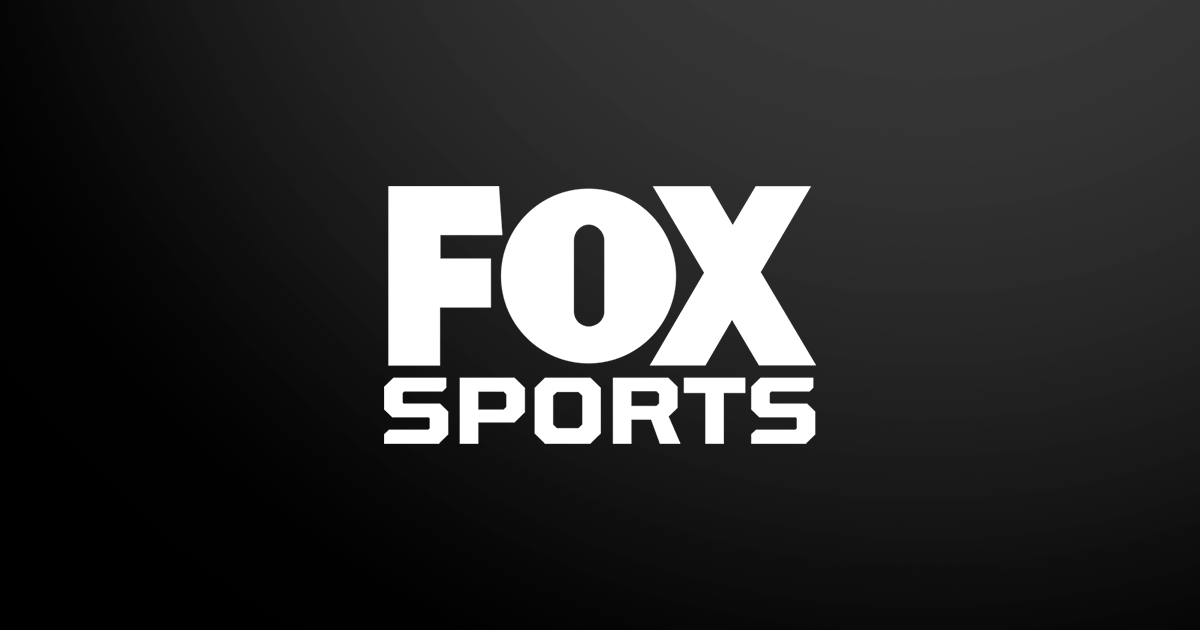


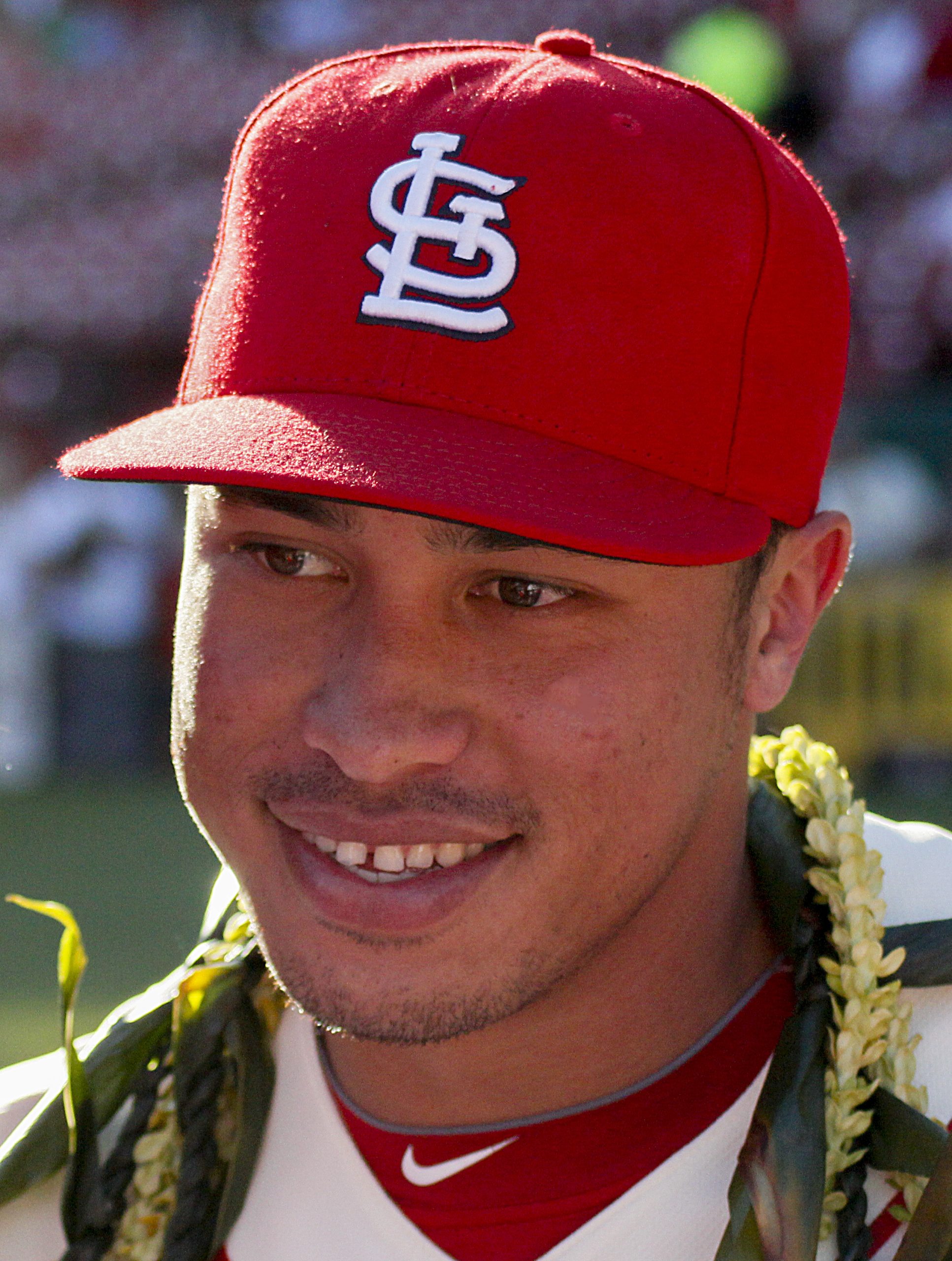

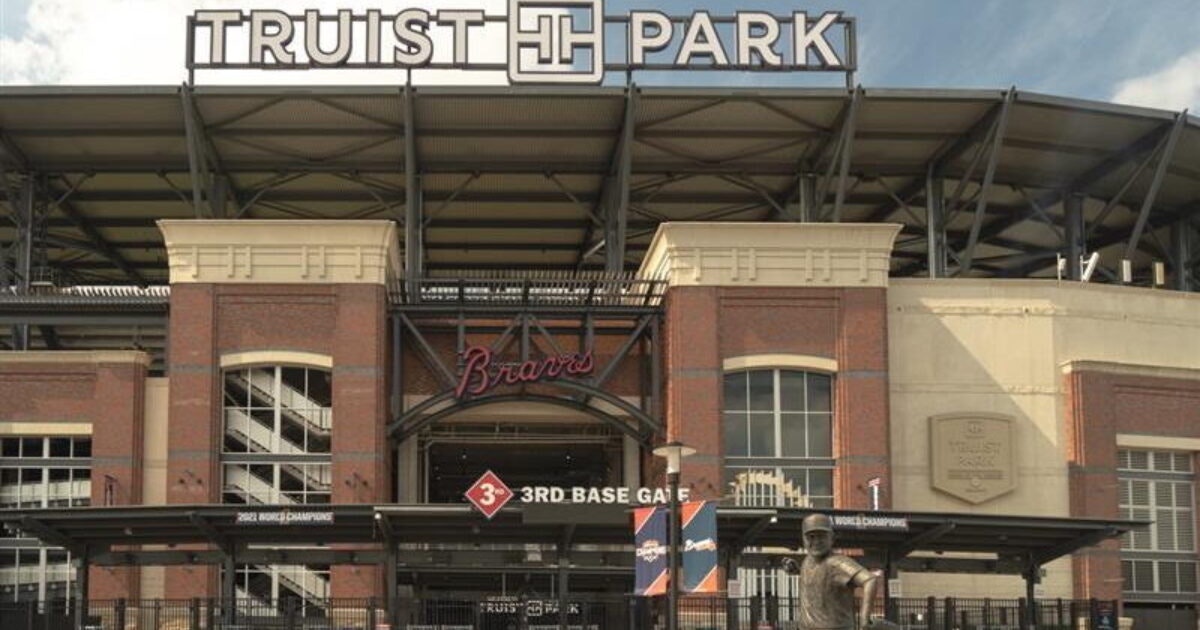
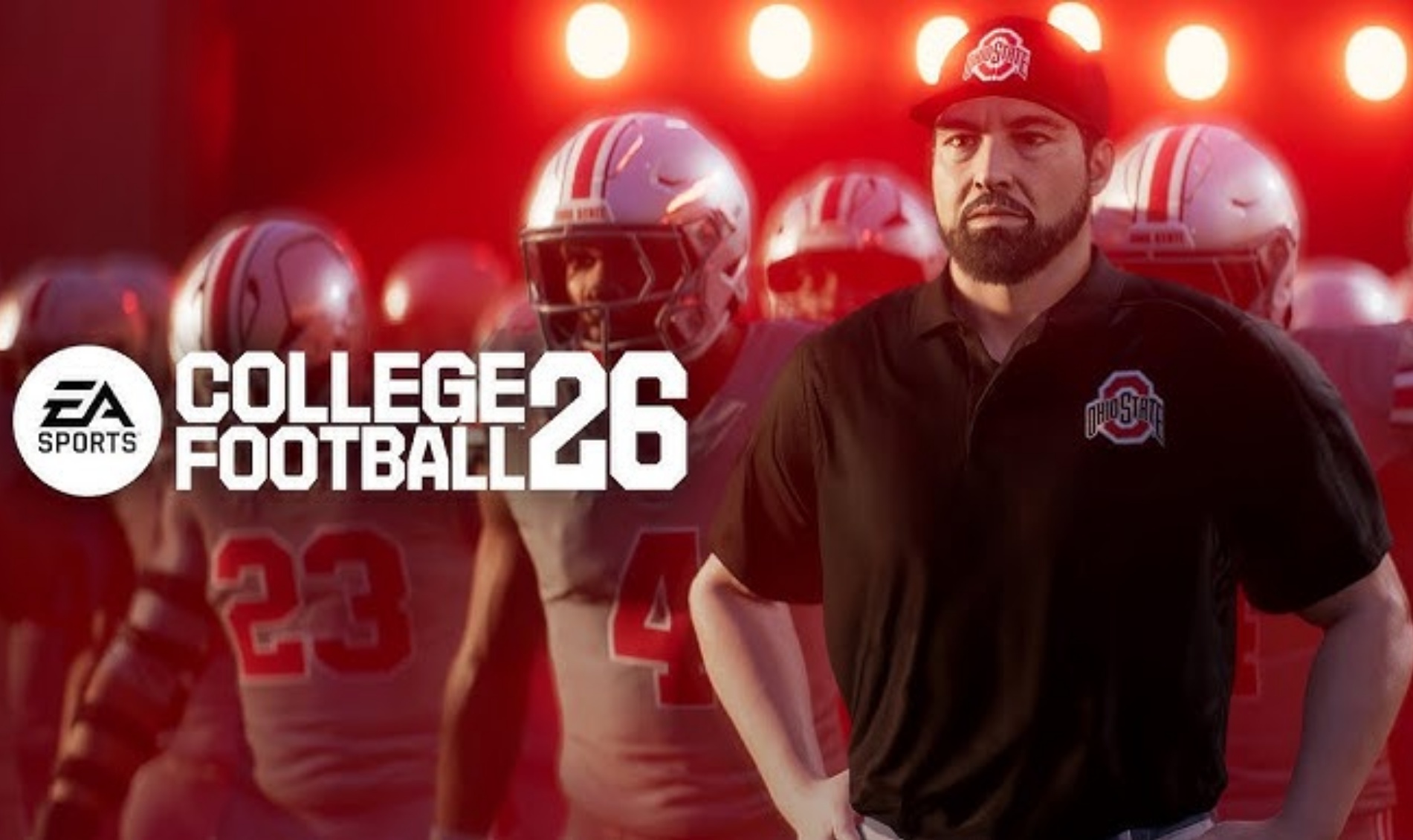

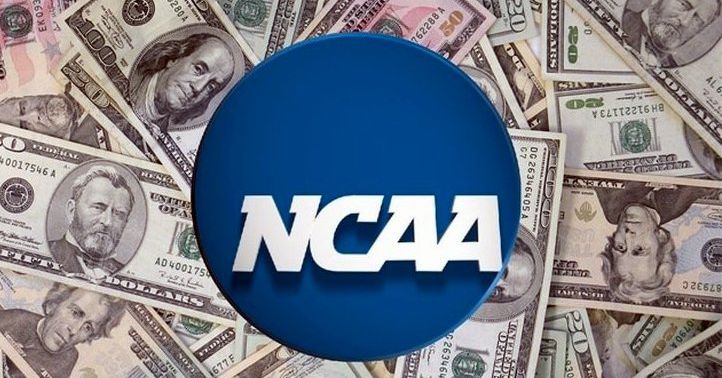
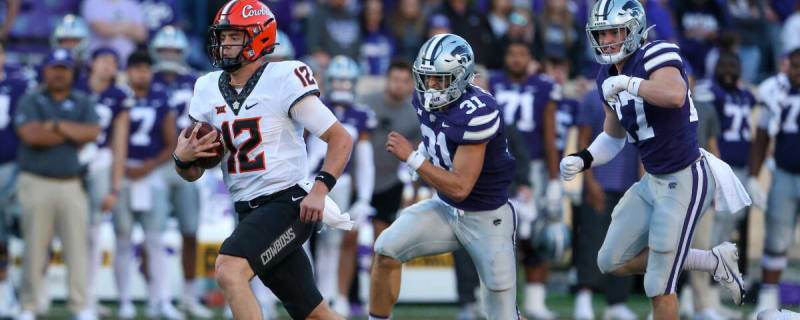
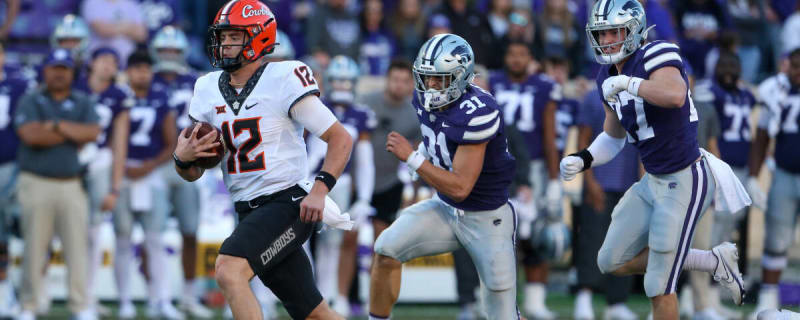

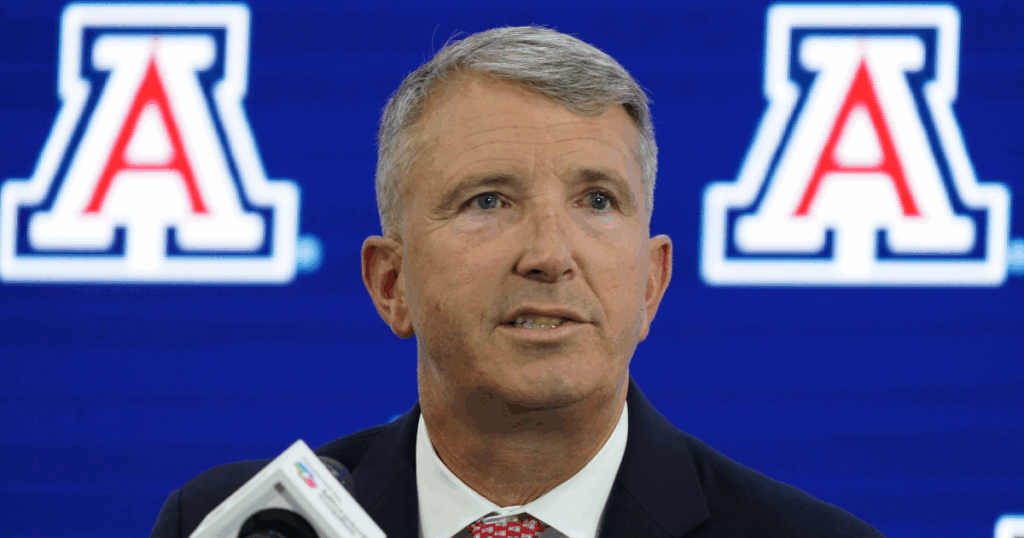
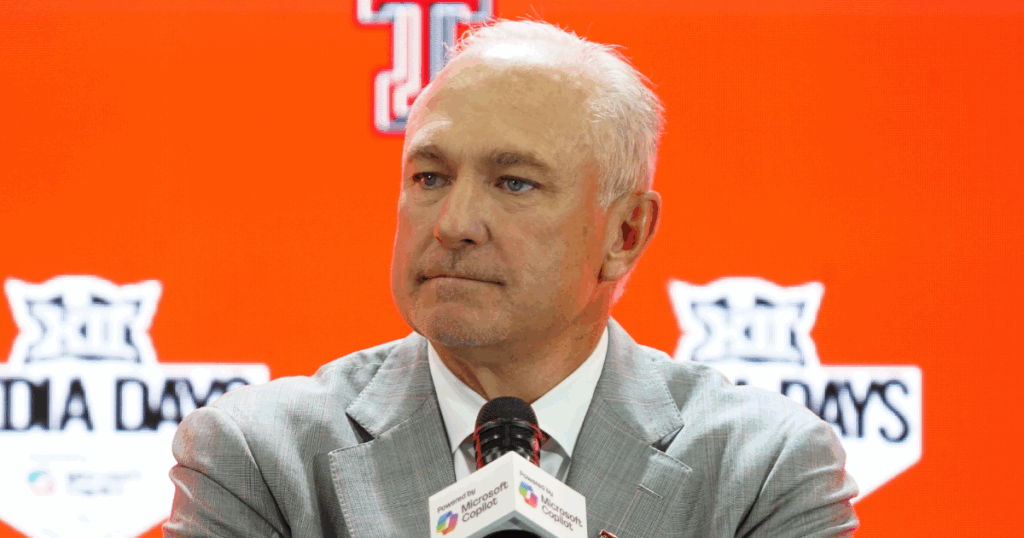
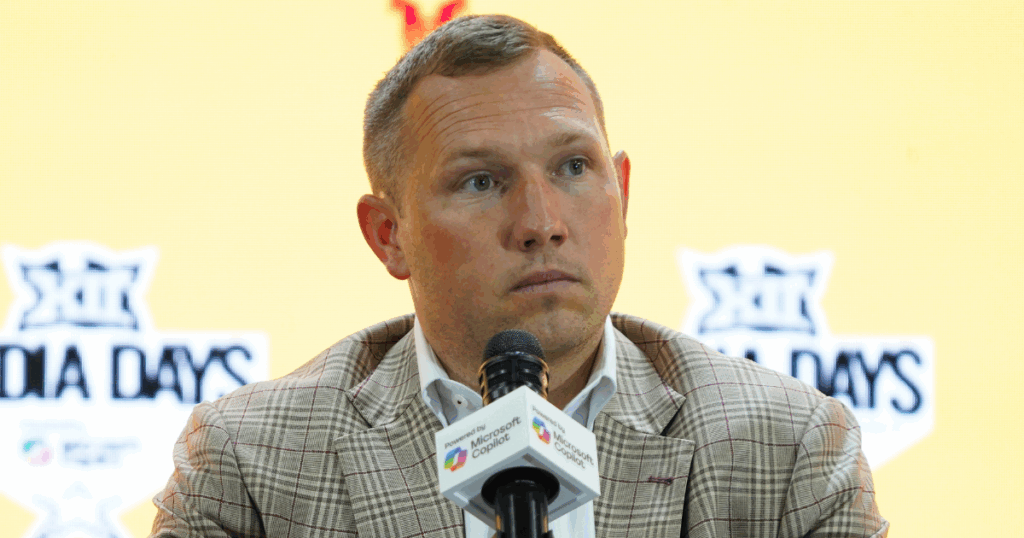








 ‘WHAT DEFINES GREATNESS?’ | First Take
‘WHAT DEFINES GREATNESS?’ | First Take








































